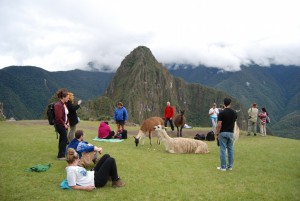Who Lived in Machu Picchu?
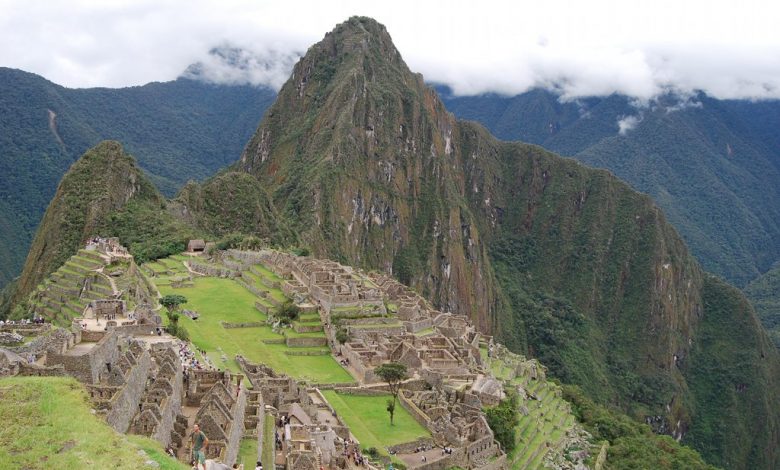
Machu Picchu seems to hide. You climb up the switchbacks from below and enter the gate, but the full glory of the site does not suddenly jump into view. Rather it reveals itself slowly. If this is the case with the site, it is even more so if we ask about its people who lived there and what they ate. Their reality seems long gone, their lives not even a memory.
Their bones, however, remain. But you will not see their skeletons at Machu Picchu. They have been removed.
For the ancient people of Peru the dead were very important and they were cared for carefully.
When Hirum Bingham studied Machu Picchu in the early twentieth century he reported finding bodies in caves and rock shelters in three different areas of the site. He and his colleagues found 177 persons and they have been studied since as part of the Yale collection.
Today the people of Cuzco pay great attention to their dead. The first and second of November will be the feasts often called in English “The Day of the Dead” though in Cuzco and its communities they take the form of first the Day of the Living, November 1, followed by the Day of the Dead on November 2nd. These are days when people gather together as families and share food and music both with each other and with their recently passed kin. Cemeteries fill with visitors.

Though cemeteries in Cuzco, following various historical reforms, tend to be above ground and have people buried in niches one on top of another, not unlike what one might see in New Orleans in the US, caves still have importance as burial sites.
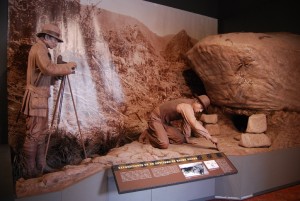
But these openings in the earth are more than burial sites. The contemporary people of Cuzco will speak of them as openings to the world within and will talk about caves in and around the city of Cuzco as places where they Incas still exist. They tell tales of neighbors and friends encountering important figures like the Inca Pachacuti in them.
Inge Bolin writes of a cave on the way up to the rural community of Chillihuani where she, as an anthropologist, lived and researched. There were bones in there and the people nearby treated them with respect and called them the machulas, or ancestors.
But caves are also places of origin. The early stories tell of the Incas themselves coming from a cave in Pacariqtambo before migrating to Cuzco and founding the Empire. Another version has them coming out of a cliff on the Island of the Sun in Lake Titicaca and then traveling to Cuzco.
But for us moderns, the dead are dead and therefore more a source of information that a force having relevance and impact on living people.
As a result, the bones of those who lived in Machu Picchu are studied by biological anthropologists, among other specialists, to tell us about the people who lived there. Bethany L. Turner, an assistant professor at Georgia State University, studied these skeletons for her doctoral dissertation which she tellingly called “The Servants of Machu Picchu: Life Histories and Population Dynamics in Late Horizon Peru”.
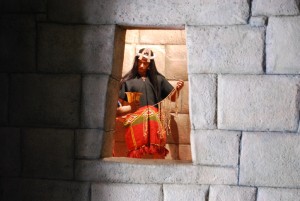
In it she tells a story, based on very careful analysis of the bones, about class and inequality in this important site and how it relates to an enormous empire in which populations were often moved from one area to another and in which some were noble and many were servants. These people who did tasks such as farming and making cloth for the elites are called yanaconas in the literature.
Turner argues that they skeletons from Machu Picchu belong to the servants, and not the nobility, but that they tell us a lot about how people lived and moved in the empire. She writes:
Results show an unprecedented range of variation in the backgrounds of the population: almost all of the individuals in the study population were born elsewhere and immigrated to Machu Picchu after childhood. Moreover, several individuals appeared to have migrated to multiple regions during childhood. They consumed very different diets, which had complex relationships with their estimated region of origin and the prevalence of pathological conditions in their skeletal and dental tissues. Multivariate statistical analyses suggest not only the causal factors involved with certain pathological conditions, but also specific regions from which segments of the population were drawn.
Along with her professor from Emory University, Geroge J. Armelagos, she published an article earlier this year on her dissertation work in the American Journal of Physical Anthropology. Entitled “Diet, residential Origin, and Pathology at Machu Picchu, Peru“, she finds that her work allows her to separate the diet in early life, prior to living at Machu Picchu, from diet later while at the site, in terms of the impact they had on the bones.
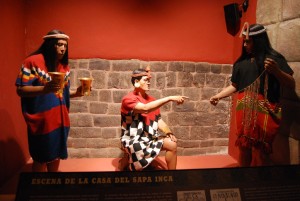
As a result, she can show that the people of Machu Picchu were not native to the site and came from a whole variety of places where they ate different foods. Of the 177 people Bingham found, only three seem to be from the area of the famous site. Many of the people came from lowlands, such as the Peruvian coast, while others came from highland communities in other regions. For many people, going to live in Machu Picchu meant their diet changed significantly.
One can only imagine what that experience must have been like for those who lived as children on the Peruvian with its abundant sea food and different plant foods and then were moved to the mountain top, jungled preserve of Machu PIcchu where they probably ate foods still found in the region, such as corn and potatoes.
This is a powerful story of an Empire with powerful elites able to move people around, and people finding new lives in new places with others who are also not natives there. Machu Picchu in this read would have been a place of many languages and accents where people developed in-between languages like pidgens to talk with one another while farming the terraced fields and making the artifacts that were like oxygen for Machu PIcchu’s lungs.
Slowly the picture of the people who lived in the impressive site of Machu Picchu is coming out of the shadows of the past. Turner’s Machu Picchu is the story of a class of hard working ordinary people, many with chronic anemia, far more than a romantic tale of powerful Incas.
